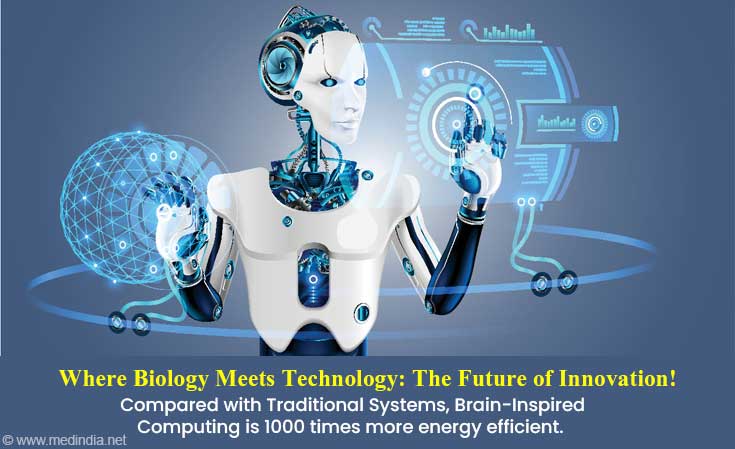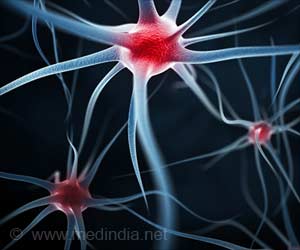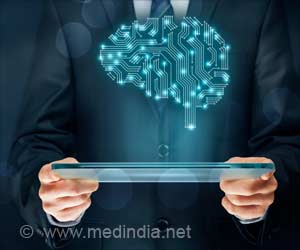Living computers, inspired by neurons, are revolutionizing technology with smarter, energy-efficient computing.
- Brain-inspired systems imitate neural networks to process information more effectively
- Scientists can manipulate and replicate natural biological processes with the use of synthetic gene circuits
- Combining biology and technology results in groundbreaking scientific discoveries that improve healthcare
Brain-Like Computers: A More Intelligent Method of Thinking
Moore's Law, which postulated that computer chips would continue to advance in speed and power every two years, has been adhered to by conventional computers. However, this progress is being slowed down by the small size and low efficiency of transistors.Researchers are creating living computers that process information using components like neurons, which will make them more adaptable and energy-efficient than conventional computers! #livingcomputers #neurons #medindia’
Cracking the Code: How Cells Talk and Organize Themselves
Morphogen gradients, which are chemical signals that direct tissue formation, play a significant role in how cells decide where to proliferate and what to become. Researchers developed a synthetic gene circuit inside E. coli bacteria to better comprehend this, simulating how actual cells interpret these signals.Mutual inhibition is a fundamental concept in this system, where two genes oppose one another by turning off the other while the first is active. This helps cells establish distinct borders throughout development by producing a stable system with two potential states.
To achieve this, scientists incorporated a reaction-diffusion mechanism that allows cells to communicate and organize themselves into patterns similar to those found in nature. This discovery increases our knowledge of how living things grow and could open the way for future developments in bioengineering and medicine (1✔ ✔Trusted Source
An overview of brain-like computing: Architecture, applications, and future trends
Go to source).

Reference:
- An overview of brain-like computing: Architecture, applications, and future trends - (https://pmc.ncbi.nlm.nih.gov/articles/PMC9730831/)
Source-Medindia











